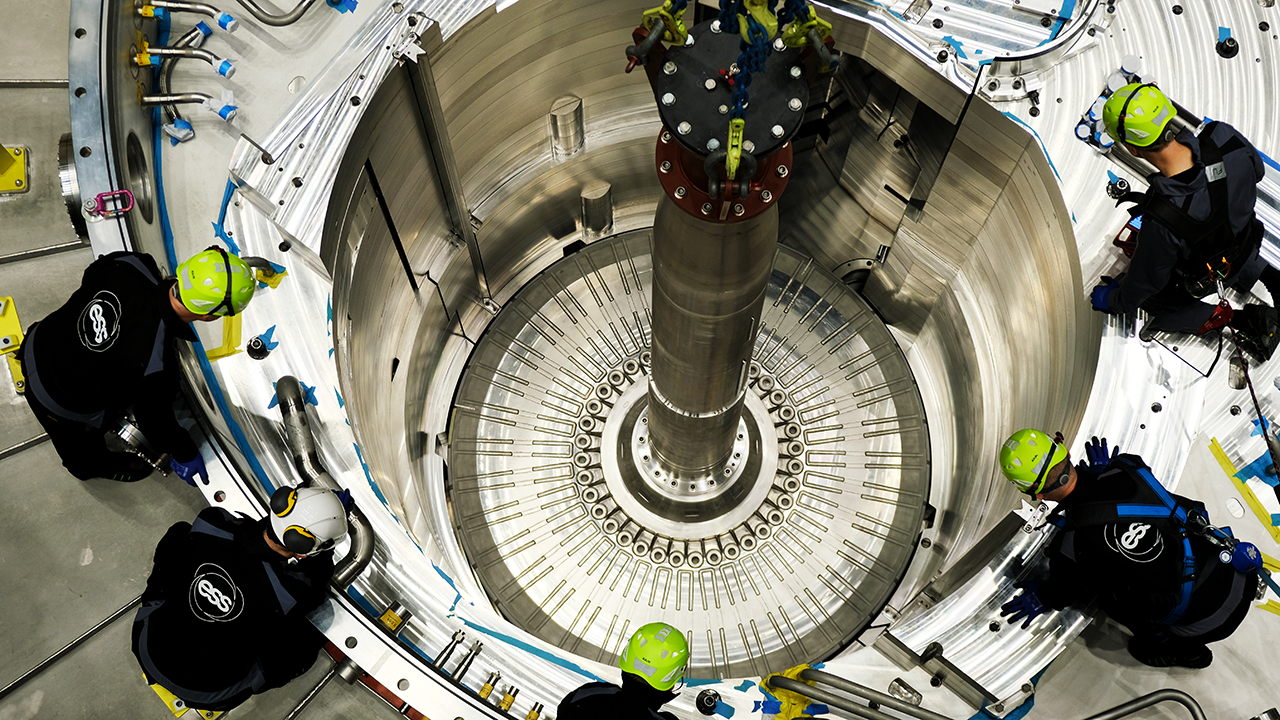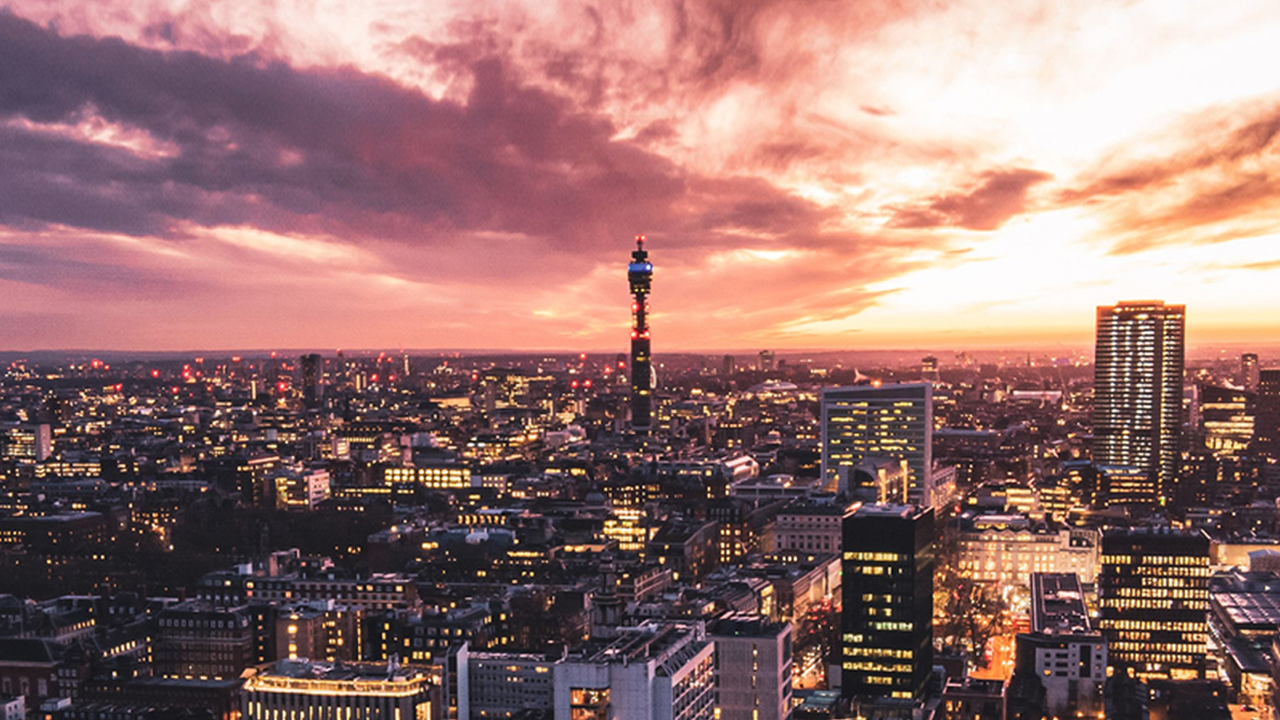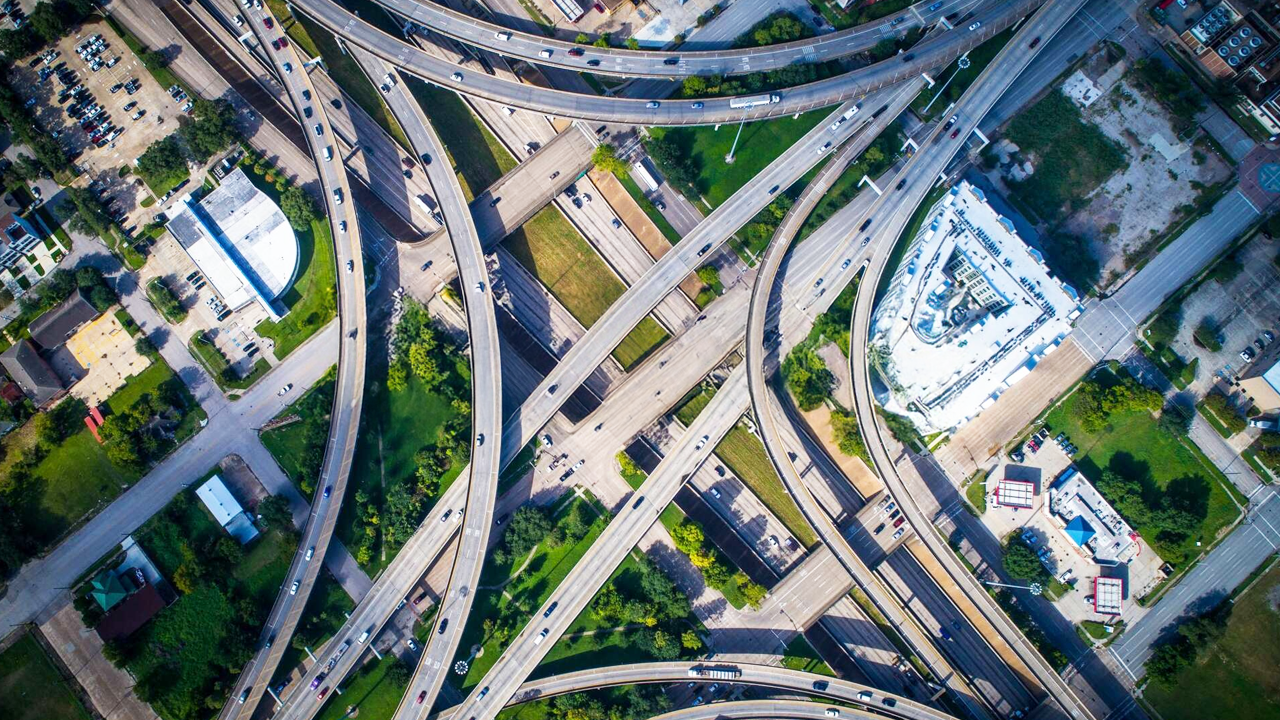The True Scale of the World's Tallest Buildings
- Youtube Views 571,385 VIDEO VIEWS
Video powered by Bluebeam and hosted by Fred Mills.
Few things say big, quite like a skyscraper.
While structures like bridges and dams are physically larger, the abundance, proximity and presence of skyscrapers in our everyday lives is a near-constant reminder of just how small we really are.
Skyscrapers are mainly built to add much-needed space to cities and urban areas, so it seems amiss that our standard for ranking them is based almost exclusively on height when that doesn’t explain just how big they really are or how much space they offer.
To better appreciate the immense scale of these structures we’ve compared the gross floor area of some of the world’s tallest buildings with easily relatable references - and to one another - revealing that taller doesn’t necessarily mean bigger.

Above: The world's largest skyscrapers by gross floor area. Image courtesy of SkyscraperPage.
To accurately measure the size of each building we’ve used the Council on Tall Buildings and Urban Habitat’s (CTBUH) methodology - which takes into account the total gross floor area within a tower’s footprint while excluding adjoining podiums, connected buildings or other towers within the overall development.
This means that, while the Venetian in Macau, Detroit’s Renaissance Center and Singapore’s Marina Bay Sands are often listed as being over 500,000 square metres in size, this is a cumulative area across multiple conjoined towers and it’s not representative of a single skyscraper.
Beginning with what is arguably our planet’s most recognisable skyscraper, the Empire State Building was a true titan of its time when it took the title of the world’s tallest building in 1931.

Above: The blue area represents the equivalent amount of floor space within the Empire State Building. Image courtesy of Google Earth.
Standing 62-metres taller than its predecessor, the sheer bulk of the Empire State was unmatched with 209,000 square metres of space within its walls, nearly double that of the Chrysler Building.
Adding more than 29 football pitches of space to Manhattan’s real estate market, the Empire State Building contains a floor area equivalent to that bound by 33rd and 42nd Street between 5th and 6th Avenue.
Though the Empire State took the titles of the world’s tallest and largest skyscraper when it completed, the double accolade would not be awarded to the world’s tallest buildings moving into the 21st century.
Undeniably the tallest structure ever built by man, few skyscrapers better illustrate the disparity between height and overall size than the world’s current tallest building - Dubai’s 828-metre Burj Khalifa.

Above: The tapered design of the world's tallest building means it doesn't even make the top 10 in terms of gross floor area. Image courtesy of SkyscraperPage.
Easily eclipsing all others in terms of height, the building’s three-wing layout and stepped-back profile used to disrupt wind loads and make its extreme height possible, came at the expense of overall floor area.
While the 309,473 square metres within the Burj is enough to park 18,531 cars, in terms of area, it comes in well behind the world’s second and even third tallest skyscrapers with Shanghai Tower and the Makkah Royal Clock Tower containing 420,000 and 310,628 square metres of space respectively.
In fact, when ranking the world’s largest skyscrapers based on their gross floor area the Burj Khalifa doesn’t even crack the top 10.
Instead, it’s pushed to 15th place by the likes of The Exchange in Kuala Lumpur and Chicago’s AON Center.
With so much attention being paid to the super-slender skyscrapers rising along New York’s Billionaires Row in recent years, a true behemoth of the Big Apple has managed to seemingly sneak onto the skyline relatively unnoticed.
Taking the title of the largest skyscraper in New York City from One World Trade Center by more than 36,000 square metres, 30 Hudson Yards contains more space than Central Park Tower, 111W57, 432 Park Avenue, 53W53 and One57 combined.

Above: 30 Hudson Yards is a true behemoth of New York City. Image courtesy of SkyscraperPage.
Perhaps even more surprising is the amount of space, or rather, lack of it, within the world’s thinnest skyscraper.
Soaring 435 metres above Manhattan, 111W57 will become the 26th tallest skyscraper in the world when it completes later this year - but it contains less than half the floor area of London’s Buckingham Palace.
Over in Europe, Russia’s 462-metre Lakhta Center might be the tallest skyscraper on the continent, and 14th tallest in the world, but its gross floor area of 143,400 square meters is less than that of Australia’s two largest skyscrapers - with Sydney’s One Barangaroo and Melbourne’s Rialto Tower containing 146,500 and 147,000 square metres of space respectfully.
While the Rialto Tower has held the title of the southern hemisphere’s largest skyscraper by gross floor area since 1986, it’s set to lose this title when Jakarta's 186,000 square metre Thamrin Nine Tower 1 completes in 2021, moving yet another skyscraper accolade to Asia.
Speaking of skyscraper accolades moving to Asia, Malaysia’s Petronas Towers marked the first time that the title of the world’s tallest skyscraper left North America when they controversially surpassed Chicago’s Willis Tower in 1998.
Despite being pushed into second place in terms of height, the Willis Tower remained on top in terms of overall size with its 423,638 square metres of space exceeding both Petronas Towers combined.
With a gross floor area equivalent to 6,832,871 pages of A4 - or a book that’s 683-metres tall - the Willis Tower contained more space than any other single skyscraper in the world until it was superseded in 2017.
While China has never laid claim to the title of the world’s tallest skyscraper it is now home to the world’s largest skyscraper.

Above: The largest skyscraper in the world has enough floor area to cover 22% of the worlds second smallest country. Image courtesy of Google Earth.
At an unbelievable 459,187 square metres, Shenzhen’s Ping An Finance Center is larger than the world’s smallest sovereign state, Vatican City and contains enough floor space to cover 22% of Monaco, the world’s second-smallest country.
But for all their size, the world’s largest skyscrapers pale in comparison when compared to some of the very largest buildings.
The Ping An Finance Center contains just 76% of the floor space at the Pentagon, 31% of the space at the world’s largest single airport terminal in Istanbul, and just 27% of the space available at the world’s largest building; the New Century Global Center in Chengdu.
So, the next time someone brags about how tall their skyscraper is, just remind them that it’s all about area and what you do with it, not height.
This video was kindly powered by Bluebeam.
Narrated by Fred Mills. Footage and images courtesy of SkyscraperPage, Google Earth and The Dronalist.
We welcome you sharing our content to inspire others, but please be nice and play by our rules.








